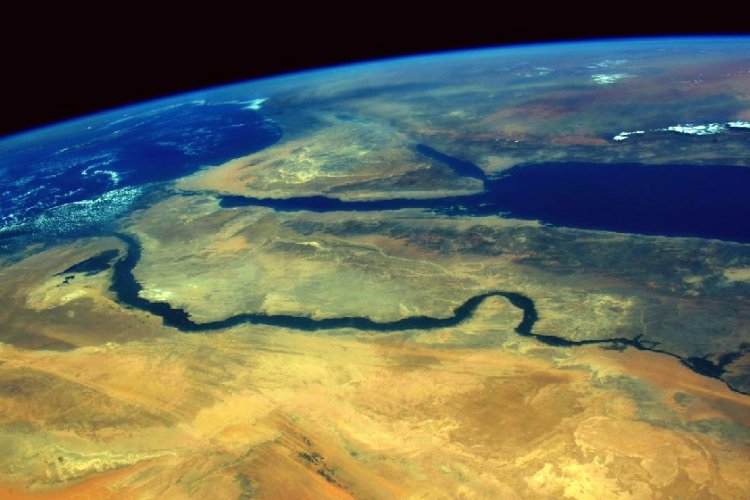
Where is the source of the Nile River? While it may seem like a simple question, the origin of the longest river on the planet has baffled many researchers for millennia. Even today, in an age of abundance of satellites and geophysical technologies, the mystery of the location of the source of the Nile has not been solved.
The simple answer is that the Nile River has two main sources: the Blue Nile from Ethiopia, which accounts for two-thirds of the Nile's total flow, and the White Nile from the African Great Lakes and beyond. However, if we take a few steps back in history, we see that things become murkier.
The ancient Romans had a proverb, “Nili caput quaerere,” which in Latin means “to seek the source of the Nile.” It was used to describe a mad pursuit, a desire for the unattainable or impossible.
The Romans actually tried to find the source of the Nile during the reign of Emperor Nero in 60-61 AD. With the help of Ethiopian guides, a small group of the emperor's personal guard set off across Africa along the Nile to parts unknown.
It is unclear where they ended their investigation, although they are said to have reached a sizable body of water which they believed to be the source. Some say it was a gorge near Juba in modern-day South Sudan, while others believe they reached further south in Uganda around Murchison Falls.
In the end, they were unable to solve the mystery. Nero committed suicide in 68 AD, and the search appears to have been largely dropped from the agenda after it ruled out the possibility of an invasion of Africa beyond Roman Egypt.
Before the Romans, the ancient Egyptians sought to find the source of the Nile - not least because the civilization relied on its waters to nourish their soil and serve as a transport route.
They are believed to have traced the Nile to Khartoum in Sudan, explaining its origin as the Blue Nile from Lake Tana (Ethiopia). An expedition led by Pharaoh Ptolemy II Philadelphus, who ruled Egypt in the 3rd century BC, reportedly determined that the source of the Blue Nile may be in the mountains of Ethiopia.
The discovery of the Blue Nile was on track, but there is no evidence that the ancient Egyptians ever explored the other key piece of this puzzle - the White Nile.
Today it is generally accepted that the Nile has two sources: the Blue Nile and the White Nile, which meet in the Sudanese capital Khartoum and then continue north into Egypt. The Blue Nile flows from the east from Lake Tana in Ethiopia, while the White Nile flows from Lake Victoria, flowing from Jinja (Uganda).
This is why Lake Victoria, Africa's largest lake by area, is often considered the source of the Nile. However, even this point is more complicated than it seems at first glance. In an article published in Geographic magazine in 2016, renowned traveler Christopher Ondaatje explains that Lake Victoria itself is a reservoir fed by other rivers.
In 1996, Ondaatje went on an expedition to Africa to find the source of the Nile River and discovered that the waters of Lake Victoria flowed into Lake Albert. The White Nile does not flow directly from Lake Albert, but from the Kagera and Semliki rivers, which originate in the Rwenzori Mountains in the Democratic Republic of Congo. Ultimately, he argues, the White Nile can be directly traced to the Kagera River and the Semliki River.
"The Rwenzori is as important a source of water in the Nile as Lake Victoria," he writes.
Overall, it is clear that the Nile River does not have a single origin and is fed through a complex system of rivers and other bodies of water. Even though the source appears to be pinpointable on a map, it's actually not that simple.
